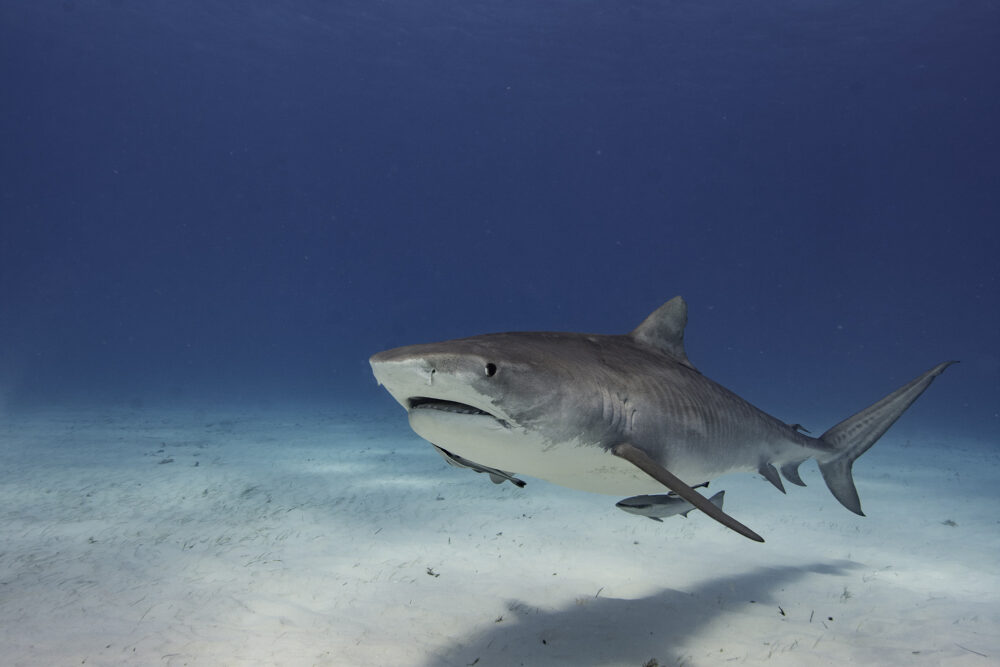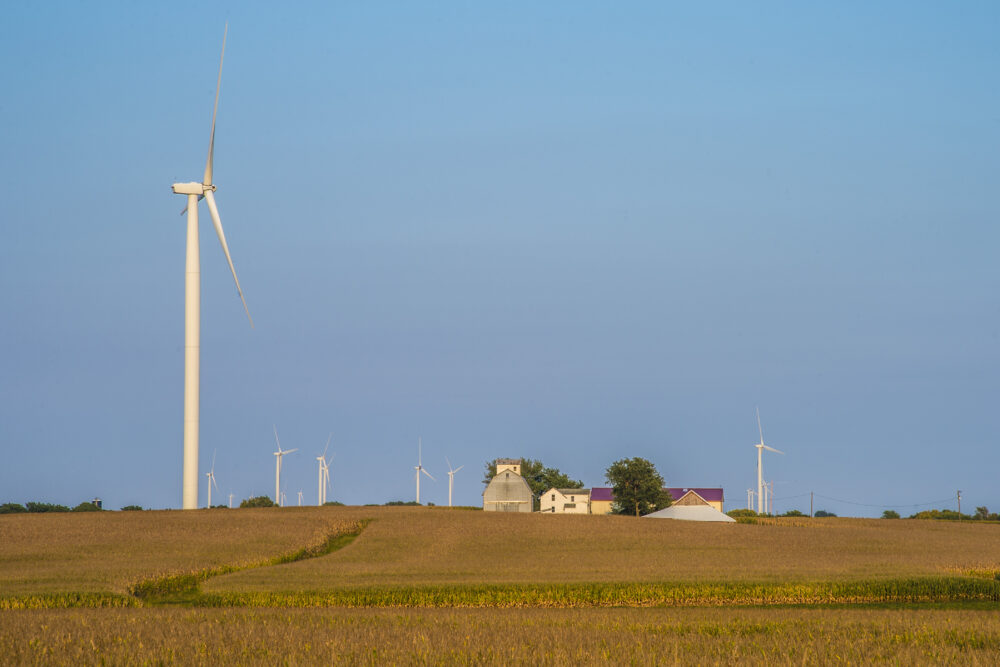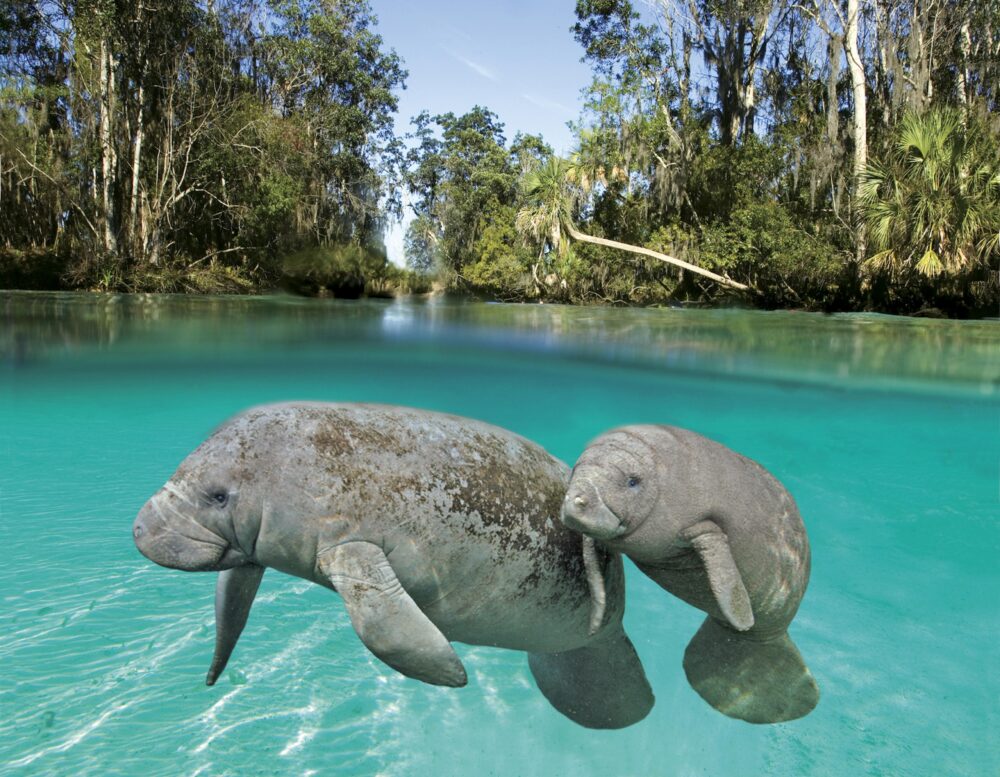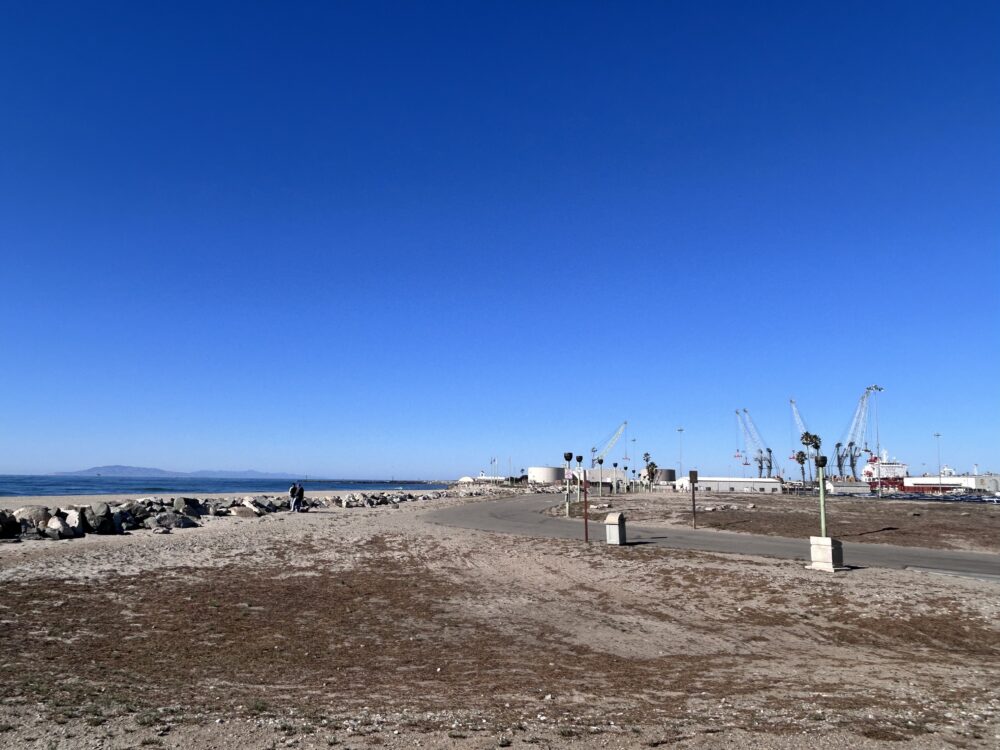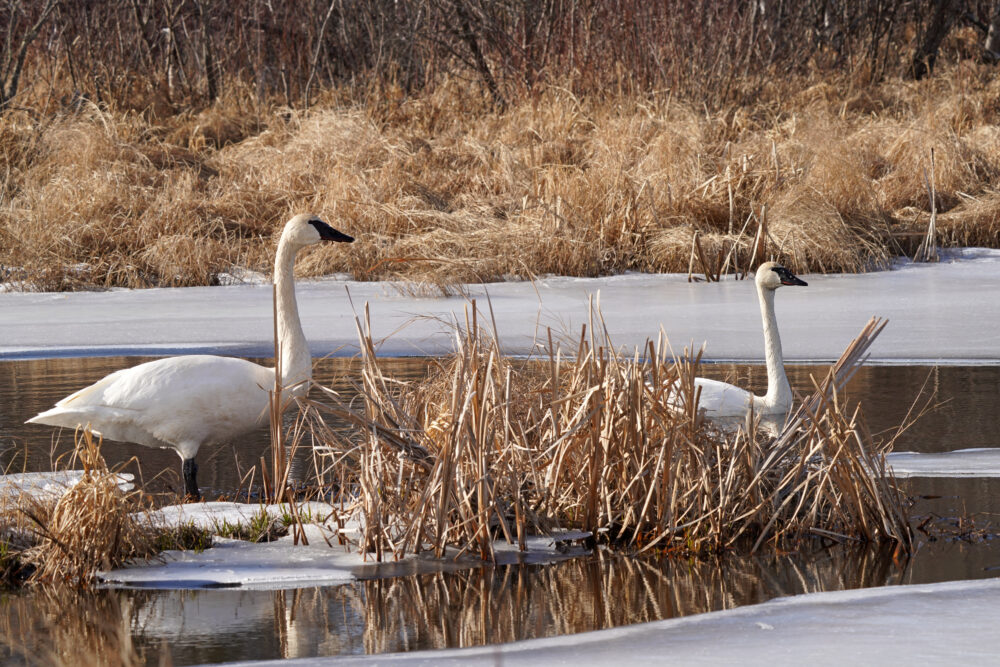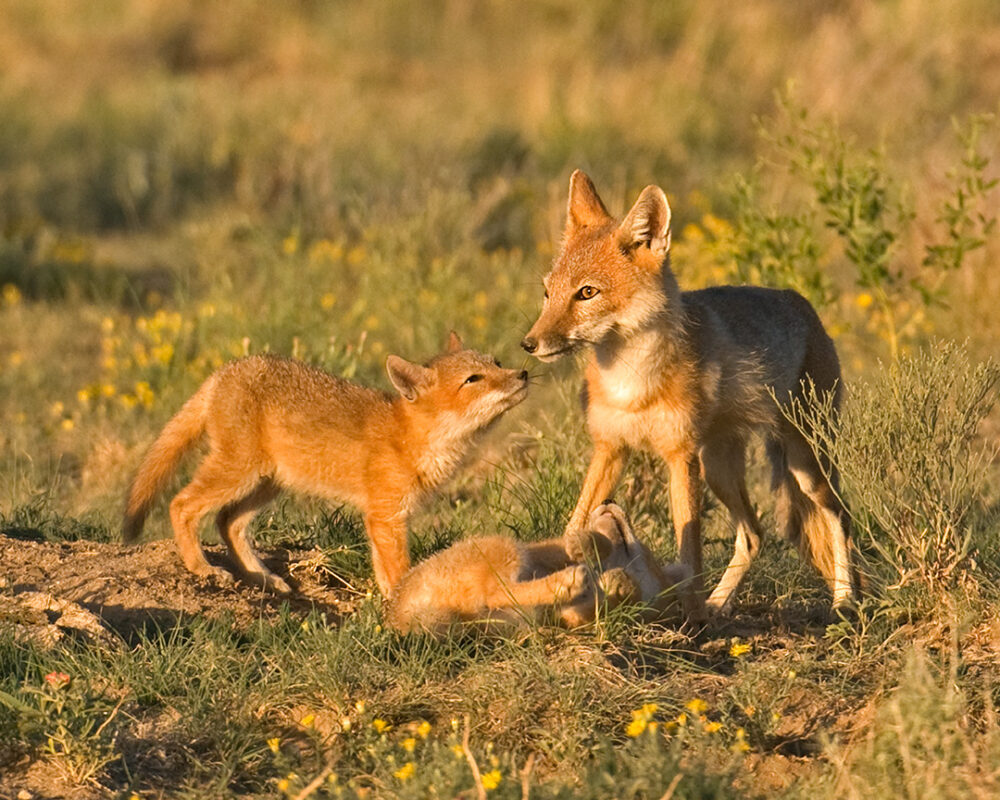We have much more to do and your continued support is needed now more than ever.
Saving the Beach to Save the Red Knot
For some, New Jersey is paved, industrial, and polluted, but for the red knot, New Jersey is life or death. Each year the red knot makes an awe-inspiring migration of 9,000 miles from the Arctic to the southern tip of Tierra del Fuego in South America and back again. Without New Jersey’s bayshores, the red knot would not survive; without our help, the red knot may not have a place to stop much longer.
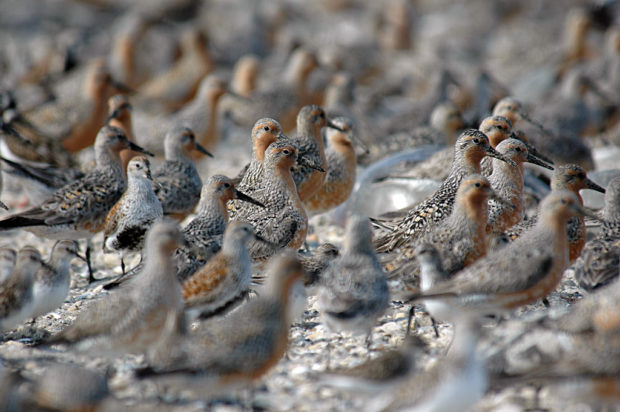
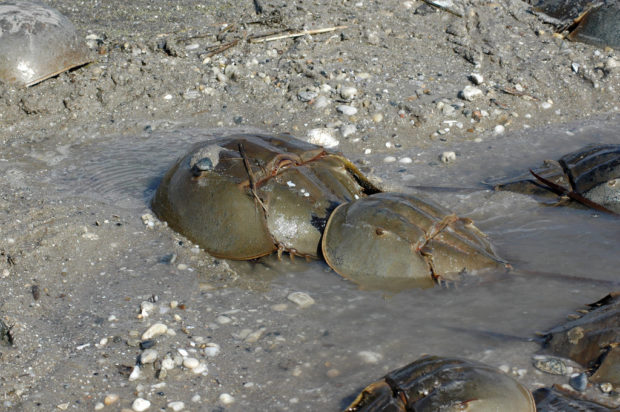
It’s those eggs that are key for the red knot and other shorebirds. As the robin-sized red knot migrates, it visits its last stopover in New Jersey just in time to feast on fatty horseshoe crab eggs. By the time the birds depart, they will have doubled their body weight.
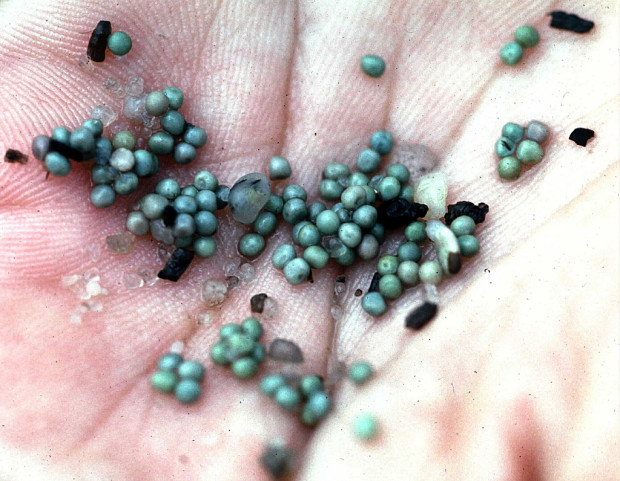

But when Superstorm Sandy slammed into the Cape May and the bayshores it put an exclamation point on the threat to the red knot. An aerial survey conducted two months after the storm revealed that Hurricane Sandy destroyed 70 percent of the state’s prime horseshoe crab habitat. The population declines were bad enough that late last year the U.S. Fish and Wildlife Service officially listed the rufa subspecies of the red knot as “threatened” under the Endangered Species Act. “Rufa” is the subspecies of red knot in America.
“The red knot migration is among the great wildlife marvels on the world. This listing will allow us to build upon our great successes in the Delaware Bayshore and help replicate our work in Delaware and New Jersey to improve critical red knot habitat in other parts of the country.”
– Collin O’Mara, President and Chief Executive Officer of the National Wildlife Federation.
Protecting and Restoring the Red Knot’s Home
This year the coming of the red knot will herald another important event: the reintroduction of the Delaware River Basin Conservation Act (DRBCA). The DRBCA, reintroduced on Tuesday in the Congressman John Carney of Delaware in the House of Representatives and Senator Tom Carper of Delaware in the Senate creates a $5 million grant program that will help protect and restore the Delaware River Watershed and create a comprehensive planning framework that would increase cooperation among groups in the basin. All of that adds up to a better chance for the red knot.
Please join us in thanking Congressman Carney and Senator Carper for stepping up to help keep the red knot’s home safe.
Thanks @JohnCarneyDE and @SenatorCarper for stepping up for wildlife! #AllAboutThatBasin http://t.co/iYCmyPjlKj pic.twitter.com/HIlgkGI0Ay
— National Wildlife Federation Action Fund (@wildlifeaction) April 17, 2015




